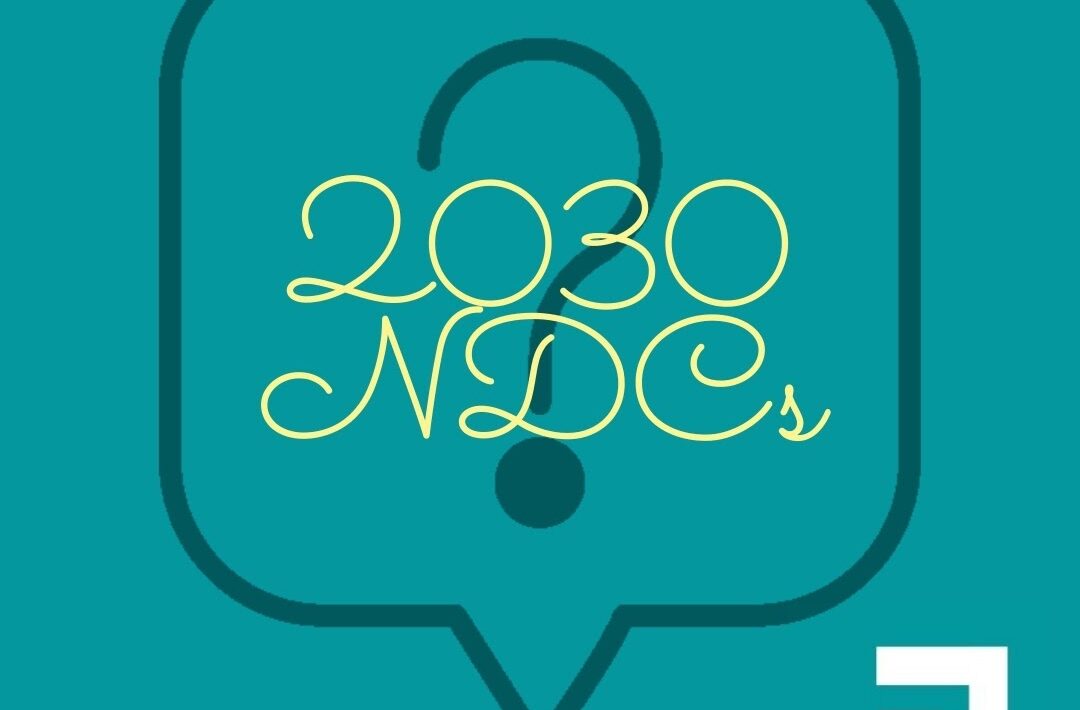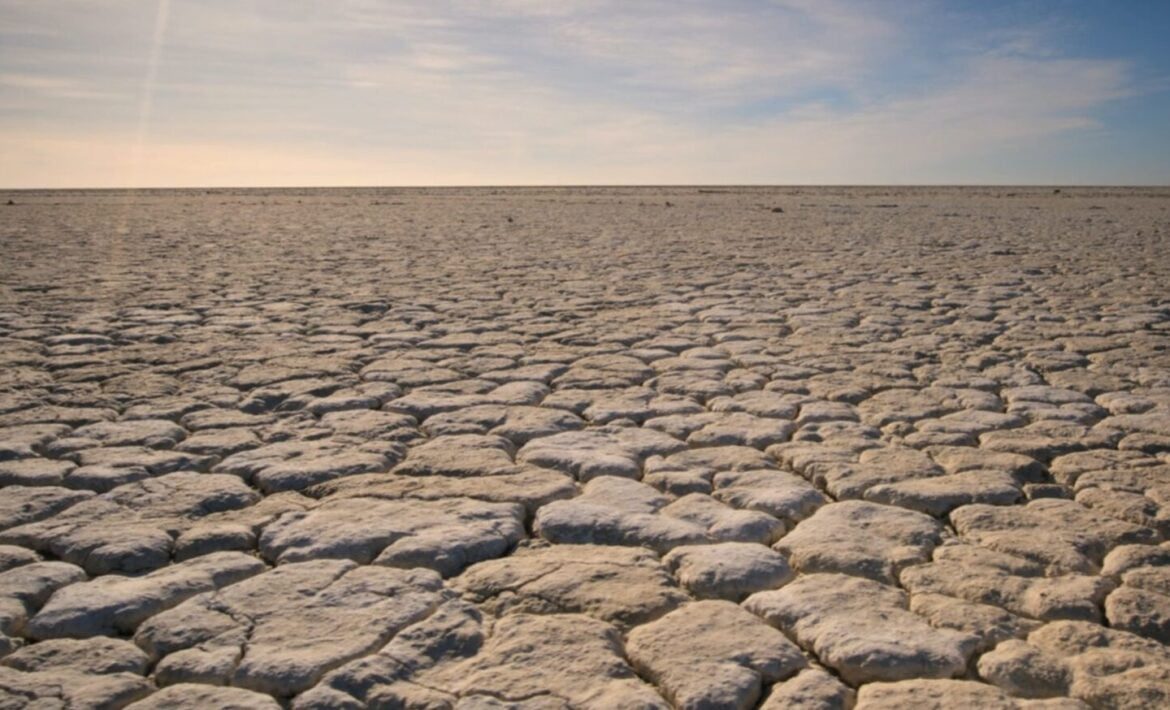
Paris Agreement
by Amy Wilson & Puria Radmard
The Paris Agreement, in the form of an internationally agreed document, commits governments across the world to address the climate crisis through ambitious target setting; the text can be found here [1]. The agreement aims to increase the global response to the climate crisis and reduce global greenhouse gas (GHG) emissions to keep additional global warming below 1.5°C, and at the most below 2°C. This aim is based on the findings from the IPCC’s 1.5°C Special Report and the dangers of these levels of warming [2].
When was the Paris Agreement published?
The agreement was developed over several years and finalised during the 21st Conference of the Parties (COP) in Paris, 2015 – where it gets its name from. On 12 December 2015, while at COP 21 196 Parties signed the Paris Agreement [3].
After signing the Paris Agreement, countries then could formally join the agreement by either ratification, acceptance or approval with the United Nations (UN) Secretary-General [4]. The instrument used (ratification, acceptance or approval) depends on each country’s legal and regulatory framework. Until one of these instruments is applied, a country is not bound to the agreement formally [3].
Article 21 (a section of the Paris Agreement) states that the agreement will enter into force (be active) 30 days after the date on which at least 55 countries have deposited their instruments of ratification, acceptance or approval with the UN Secretary-General [1]. This was achieved in November 2016.
What are the key elements to the Paris Agreement?
The agreement fundamentally aims to ‘strengthen the global response to the threat of climate change, in the context of the sustainability goals and the eradication of poverty’ [1]. The agreement sets out a pathway to achieve this through its 29 Articles (sections).
Article 3 outlines the new mechanism, known as Nationally Determined Contributions (NDCs), which allows countries to communicate their ambitious plans over time to meet the Paris Agreement’s fundamental aim [1]. Each country that signs the Paris Agreement creates an Intended Nationally Determined Contribution (INDCs) and once the respective country has ratified, accepted or approved the INDC is turned into a NDC [5,6]. The NDCs are to be reviewed every 5 years to make sure they are working and the Paris Agreement aims are being met [5].
Later Articles (for example, 4, 7 and 13) outline a pathway for developed nations to help developing nations in their climate actions while also creating a framework for the transparent monitoring and reporting of countries’ climate goals. The Paris Agreement also provides a basis for Financial Mechanisms (Article 6), Capacity-building (Article 11), mitigation and adaptation to the climate crisis and Technology Framework to promote enhanced action on technology development (Article 10).
There’s a lot to say about the Paris Agreement, and this next decade is an important one for meeting the agreement’s aims. See our upcoming articles that will consider specific aspects of the Paris Agreement including the double counting problem of Article 6, which made news at COP25 in 2019 [7] and the different mechanisms described in the agreement.
References
[1] Paris Agreement, https://unfccc.int/files/meetings/paris_nov_2015/application/pdf/paris_agreement_english_.pdf , (accessed 20/03/21)[2] IPCC, Global warming of 1.5°C. An IPCC Special Report on the impacts of global warming of 1.5°C above pre-industrial levels and related global greenhouse gas emission pathways, in the context of strengthening the global response to the threat of climate change, sustainable development, and efforts to eradicate poverty [V. Masson-Delmotte, P. Zhai, H. O. Pörtner, D. Roberts, J. Skea, P.R. Shukla, A. Pirani, W. Moufouma-Okia, C. Péan, R. Pidcock, S. Connors, J. B. R. Matthews, Y. Chen, X. Zhou, M. I. Gomis, E. Lonnoy, T. Maycock, M. Tignor, T. Waterfield (eds.)]. (2019)
[3] United Nations (2016). Available at https://www.un.org/sustainabledevelopment/blog/2016/09/the-paris-agreement-faqs/, (accessed 21/03/21)
[4] United Nations, United Nations Secretary-General. Available at https://www.un.org/sg/en, (accessed 21/03/21)
[5] M.Meinshausen, R. Alexander, NDC and INDC Factsheet, University of Melbourne, (2016). Available at https://www.climatecollege.unimelb.edu.au/ndc-indc-factsheets, (accessed 21/03/21)
[6] Acciona, What are the NDCS and why are they so important to halting climate changes. Available at https://www.activesustainability.com/climate-change/what-are-ndcs-why-are-important-climate-change/, (accessed 24 June 2020)
[7] C, Farand, What is Article 6? The issue climate negotiators cannot agree, Climate Home News, (2019). Available at https://www.climatechangenews.com/2019/12/02/article-6-issue-climate-negotiators-cannot-agree/, (accessed June 2020)



